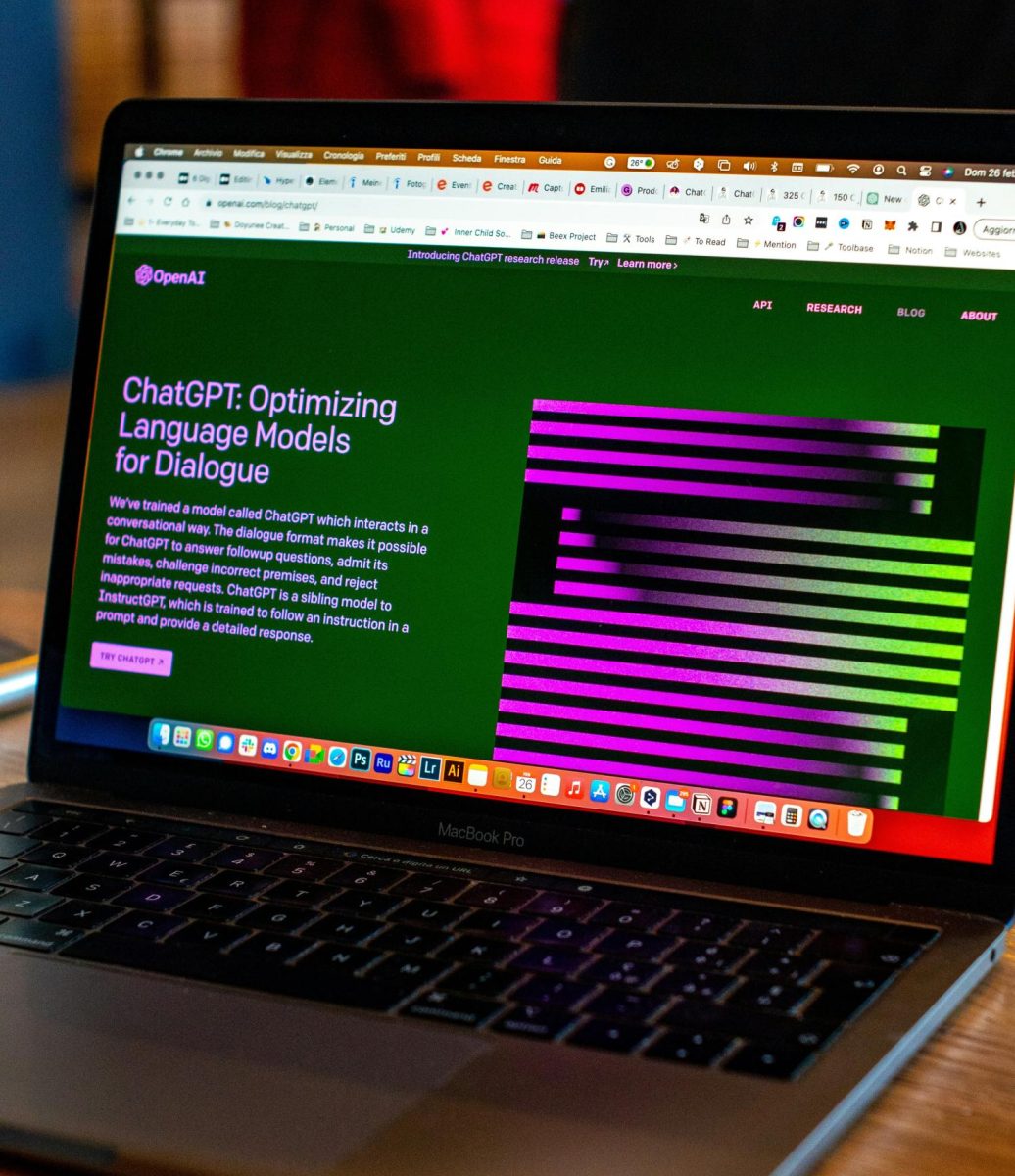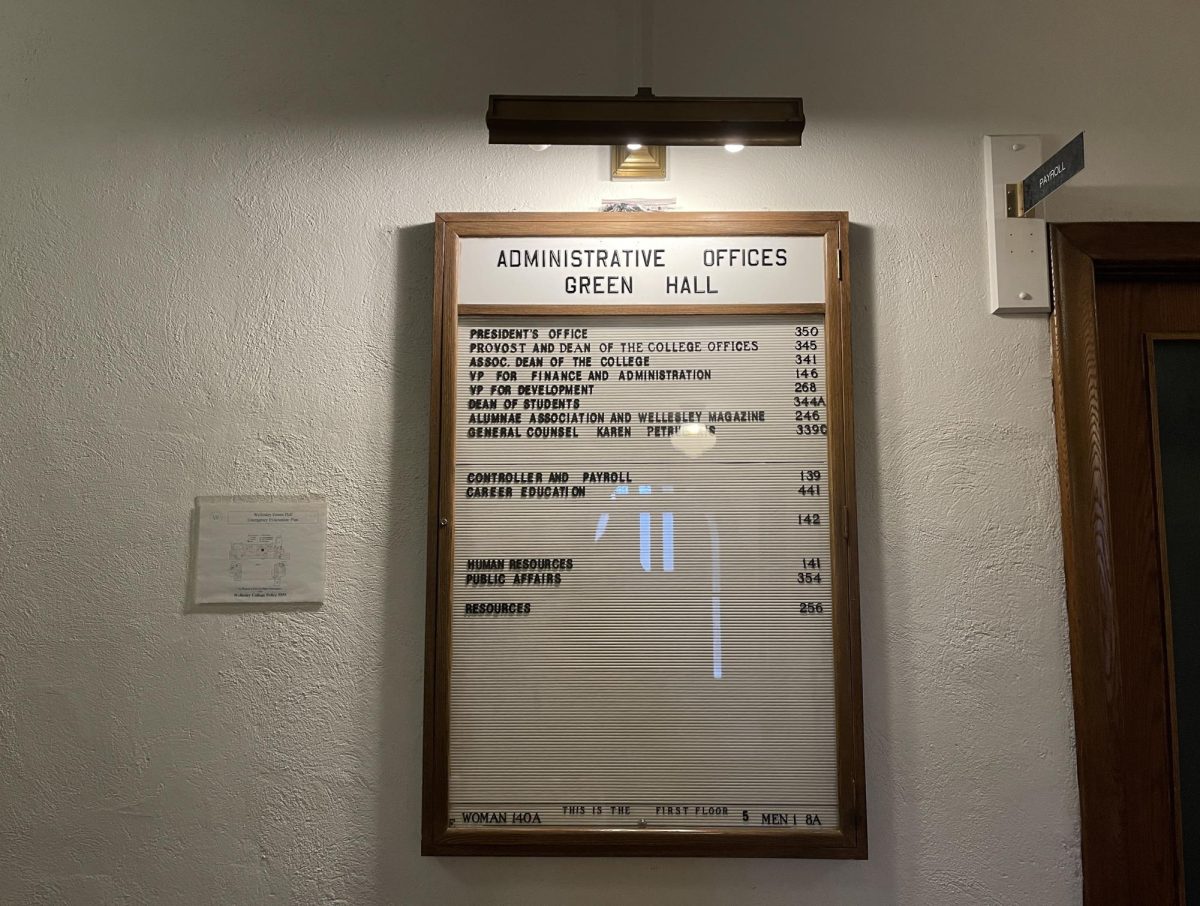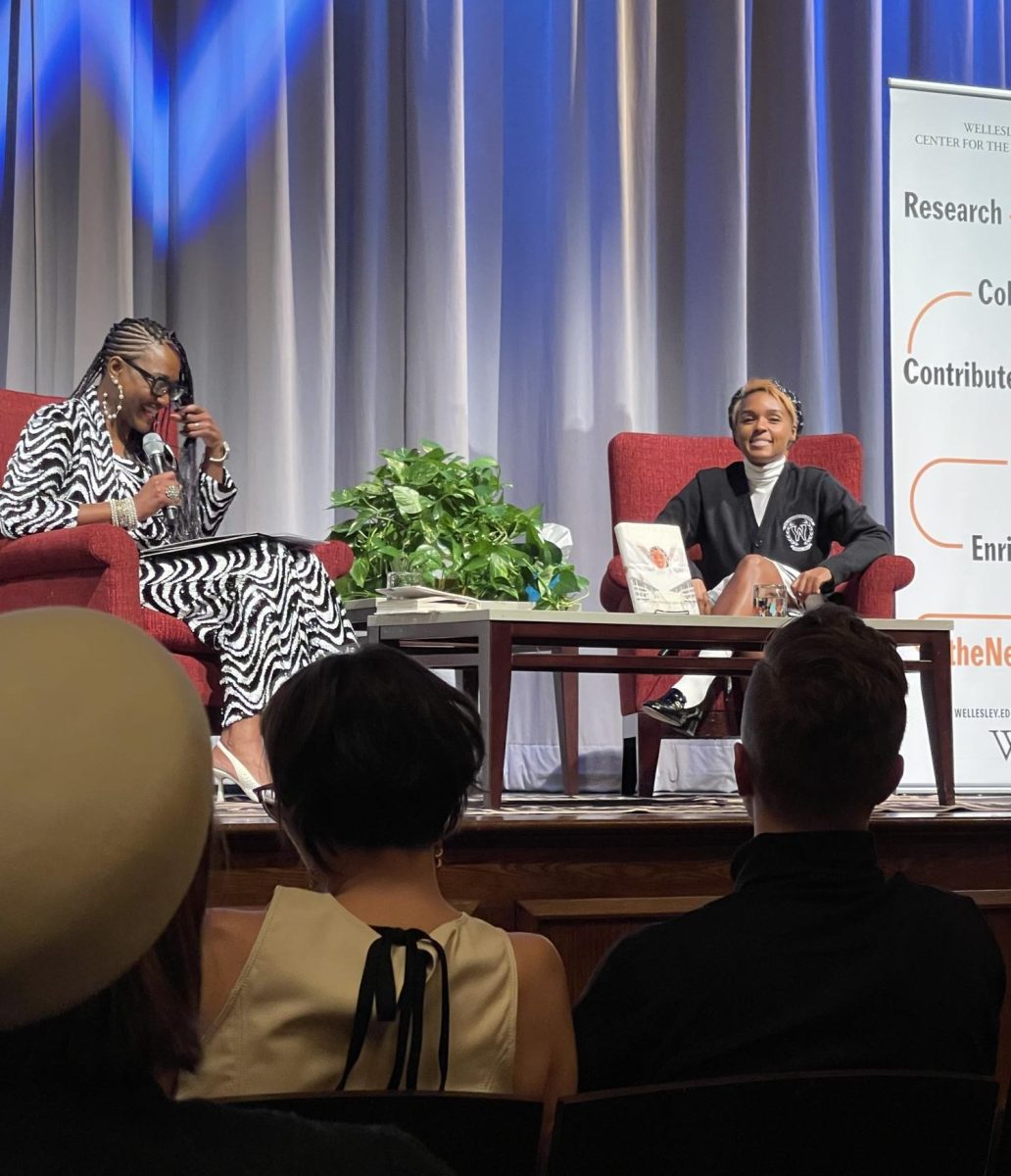First off, a big thank you to everyone who filled out the Google form following my inaugural column. The three of you have asked for discussions on “situationships,” “exes” and the ever-polarizing “Valentine’s Day.” Although I could dedicate a whole column to each of these topics (and probably will at a later date), I am currently drawn to what I see as a common thread among them: labels.
Labels play a significant role in how we participate in and navigate our own romantic lives. We imbue them with power to help articulate something about ourselves: our sexuality , our current status or how someone else fits into our lives.
So what purpose do these labels serve? Let’s unpack this, shall we?
The portmanteau “situationship,” as you already know, describes the genre of relationships that linger in the grey area of casually seeing someone. It’s the relationship equivalent of an unpaid internship –– sure you’re gaining a little experience out of it, but is it really worth it if all you end up feeling is exploited? Previous generations simply referred to this ambiguous dynamic as “kind of seeing someone,” or a “what-is-this-even-anyway.” It is my belief that our generation cannot handle the unknown, and it is this discomfort with uncertainty –– the hovering in the nebulous realm between “friends with benefits” and “in a relationship” –– that has compelled us to label it.
In my mind, the defining characteristic of a situationship is stagnation. It leads to nowhere, and might not even have a proper conclusion. When it’s all over, who was that person to you? Can you label them an ex, despite your entire relationship having been unlabeled? Instead of being left with nothing but an unsatisfactory chain of “hey what are you up to tonight,” we use the label of situationship to convince ourselves that our time wasn’t (entirely) wasted.
The term “ex” helps define what someone was to you, and aids your ability to move on. There is a complex transition that accompanies that word’s usage, and labeling someone an ex helps turn the page, acknowledging that the time shared is in the past. It also gives us a blank check on how we might further categorize this person and their influence, using qualifiers (i.e. “crazy ex,” “favorite ex” or “evil ex”) to place them more neatly into our personal history books.
And, finally, we arrive at Valentine’s Day, the label we’ve given to February 14. It’s a day when love is both celebrated and commodified, and regardless of our feelings about it, we’re expected to have a stance. The discourse around the holiday often forces us into a dichotomy of loving or hating it, but I suggest a third option: ambivalence or indifference. Even if you are in a relationship on Feb. 14, you might feel tremendous pressure to live up to what you think the holiday demands.
So, why do we cling to these labels? They simplify the complexities of human relationships into bite-sized, digestible pieces. Without them, we might actually have to confront the messy, unscripted reality of our interactions. While labels can guide us, they can also confine us. They can reduce our rich, dynamic experiences to mere performances. So, as we toss around terms like “situationships” and debate the merits of celebrating Valentine’s Day, let’s remember that behind every label is a story as unique as the people who live it.
So this Valentine’s Day, if you want it to mean something, you can choose to embrace and celebrate all the love in your life. Otherwise, label it as the day before chocolate goes on sale for 50% off.




